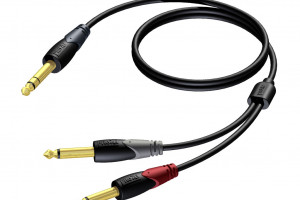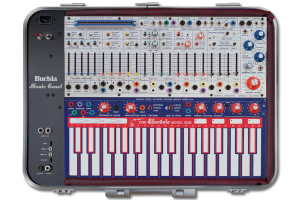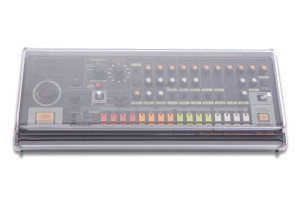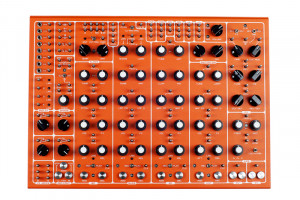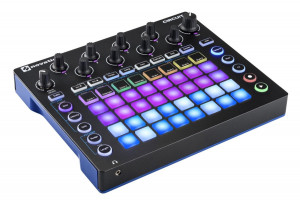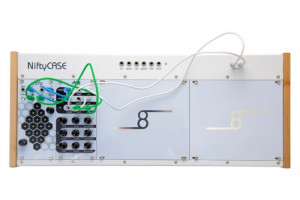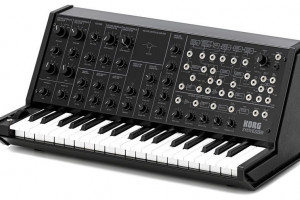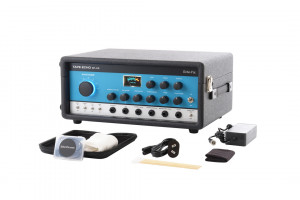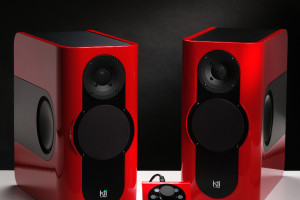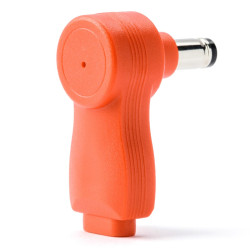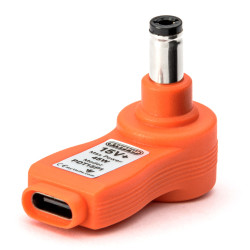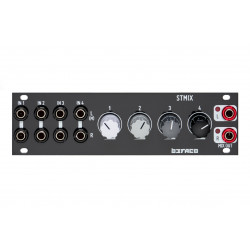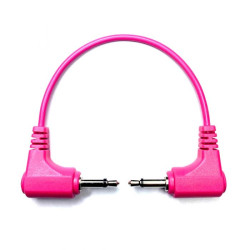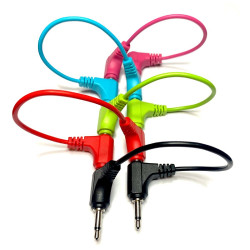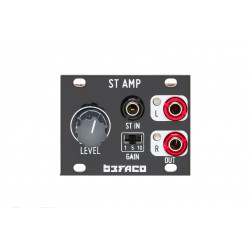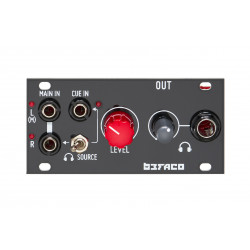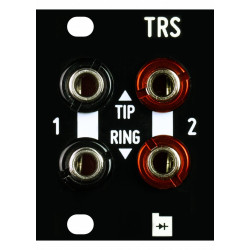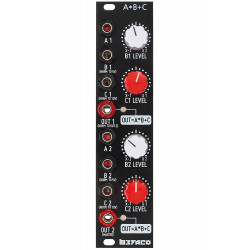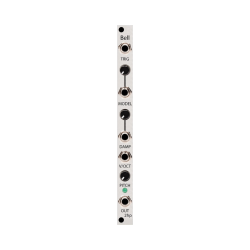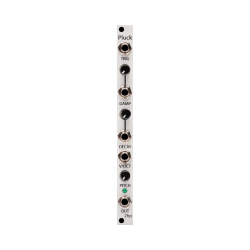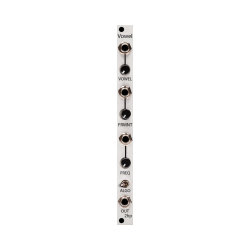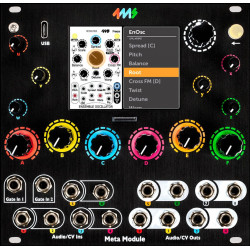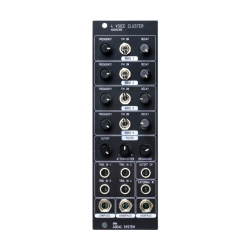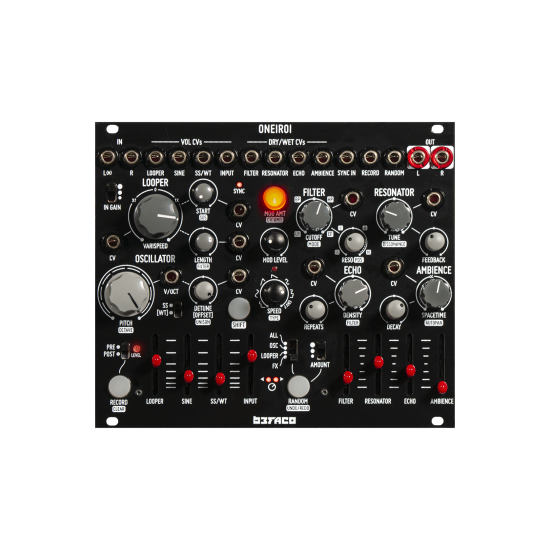
Befaco Oneiroi
This product qualifies for free shipping
Free shipping For EU
- Stock: In Stock
- Model: BEFACO-ONEIROI
479.00€
Ex Tax: 402.52€
More from this brand
Oneiroi is a live performance-oriented, multi-functional self-contained experimental digital synth focused on ambient pads and drone-like soundscapes.
It features a full stereo signal path, 3 oscillators (2 mutually exclusive), 4 effects, and a looper. It also includes self-modulation and a randomizer.
Oneiroi is based on Rebel Technology’s OWL platform.
Features
- Powered by the latest OWL revision (mk3), with 24-bit 48 kHz stereo audio (32-bit internal processing)
- Stereo input with three switchable gain levels and a two-coloured LED for monitoring
- Stereo output
- 5-second looper with continuous speed control (from 2x in reverse direction to 2x in forward direction)
- Sine oscillator
- Stereo Supersaw oscillator with detune control, inspired by the JP-8000
- 2048-sample dynamic wavetable oscillator (aliased) that uses the looper buffer, with offset control
- Single v/oct input for the three oscillators and unison control
- Filtering unit with four different types: low-pass, band-pass, high-pass, and comb filter. The filter can be freely positioned along the effects chain
- 3-band resonator with tune and feedback controls
- A 2-tap echo with controls over time and density
- Reverb with macro control for size, filtering, and direction
- Eight short-throw faders for controlling volumes (exponential) and effects amount (constant power), with relative CV inputs
- Eight CV controls for the primary parameters, four of them can be dynamically assigned to the secondary ones as well
- Possibility to record either the stereo input or the module’s output
- Various types of self-modulation with configurable routing and control over level and speed
- External synchronization via sync input (supported clock speed from 30 BPM to 300 BPM)
- Powerful randomizer with four different targets, three levels of intensity and undo/redo
- Soft take-over functionality for re-coupling parameters’ positions and values after randomization, with LEDs showing where the value is in relation to the position of the control.
-285x169.png)
